
What is marketing analytics?
Marketing Analytics is the study of data to evaluate the attractiveness and dynamics of a special market within a special industry. You get this data from your users or other organizations. Marketers track, monitor, and assess this data. This data reveals a company’s strengths, weaknesses, opportunities, and threats. Also, this data helps in measuring the success of your marketing efforts.
Key Metrics & KPIs
Key Performance Indicators are a quantifiable measure of the performance over time for a specific objective. Different metrics are used for different objectives. Some of the KPIs are
- Website Traffic
- Conversion Rate
- Click Through Rate (CTR)
- Customer Lifetime Value
- Customer Acquisition Cost
- Cost Per Lead
- Bounce Rate
- Open Rate
- Backlinks
How to Optimise Marketing Analytics
Optimizing market analytics involves using data for the success of marketing efforts.
- Objective: Hace clear & well-defined objective. Some of the objectives could be generating leads, increasing brand awareness, increasing website traffic, etc. Your analytics efforts should be aligned with your objectives.
- Choosing the right KPIs: Choose the KPIs that are relevant to your objective.
- Comprehensive Data: Make sure you have comprehensive data from various sources such as website analytics, email marketing tools, social media analytics, etc.
- Audience: Divide your audience into segments based on behavior, demographics, interests, etc. You can align your marketing efforts with these segmented audiences and send personalized messages to different audiences.
- Test & Experiments: You should experiment with different marketing strategies, channels, campaigns, etc. You can measure its success with A/B testing and other methodologies.
- Integrate Data Sources: You should integrate data from online and offline sources for a holistic analysis of your marketing performance.
- Team: Your marketing team should be well-trained to analyze and monitor data.
- Data-Driven Decision: Make smart decisions using this data.
- Monitor Performance: Create regular reports & dashboards. Monitor your processes to track your performance.
5 Marketing Analytics tools & techniques
Here are the five analytics tools most used for marketing analytics
- Google Analytics
- HubSpot
- Moz Pro
- Tableau
- Adobe Analytics
Marketing Analytics Trend
Here are some of the marketing analytics trends that we can expect in 2024
- Social Media Channels: Social Media have a massive audience that can be your advertising customers. Marketers should focus more on social media marketing content.
- Predictive Analytics: This is used to forecast future trends, and anticipate customer behavior, and trends. Machine learning algorithms help in making data-driven decisions to predict future trends and measure marketing efforts.
- Automation: It helps marketers by providing insights faster. Automation solutions can analyze data and help marketers make decisions based on this data.
- AI-powered analytics: It includes the use of advanced data analytics, pattern recognition, and predictive modeling. These tools help to automate data, provide actionable insights, and give recommendations for optimizing campaigns.
- Real-Time Analytics: It helps in monitoring campaign performance, and tracking customer interaction. You can optimize marketing campaigns in real-time.
- Attribution Model: Marketers are curious to understand the impact of each touchpoint in the customer journey. Many advanced attribution models such as multi-touch attribution or algorithmic attribution help in understanding the performance of each channel, making it easier for marketers to allocate appropriate budgets amongst these various channels to increase ROI.
- Cross-Channel Analytics: Customers interact with your products or services on various channels, Hence Cross-Channel analytics is essential for a holistic view of customer journeys and providing valuable insights about how different customers engage with different channels.
- Conversational Analytics: Voice-enabled devices and chatboxes are increasingly becoming prevalent making conversational analytics a key focus. It helps in analyzing customer sentiment, intent, and engagement levels.
- Customer Retention: The competition is getting tougher day by day with new products and services entering the market. For this reason, companies will spend more on customer retention and engagement.
Read Also: What Makes A Good Website? Guide To Create A Modern Web Design




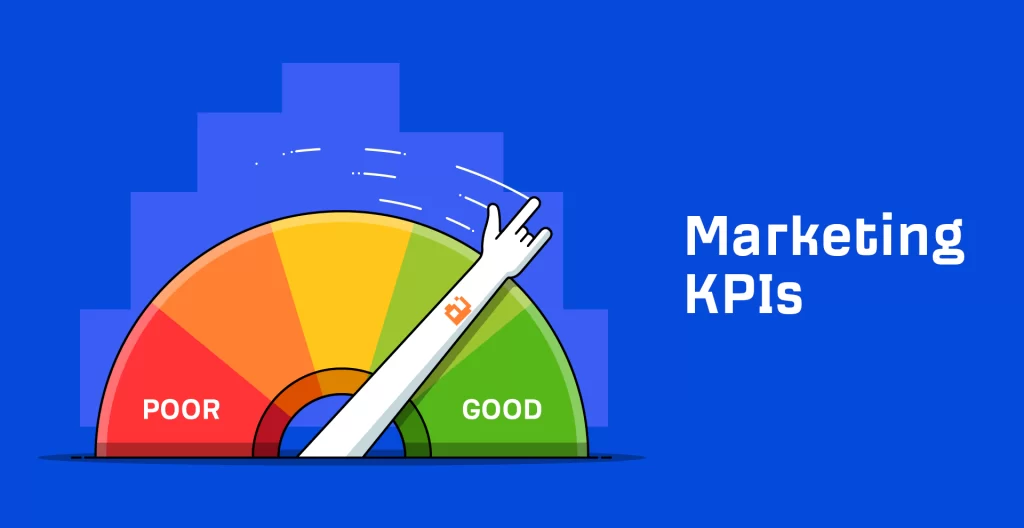
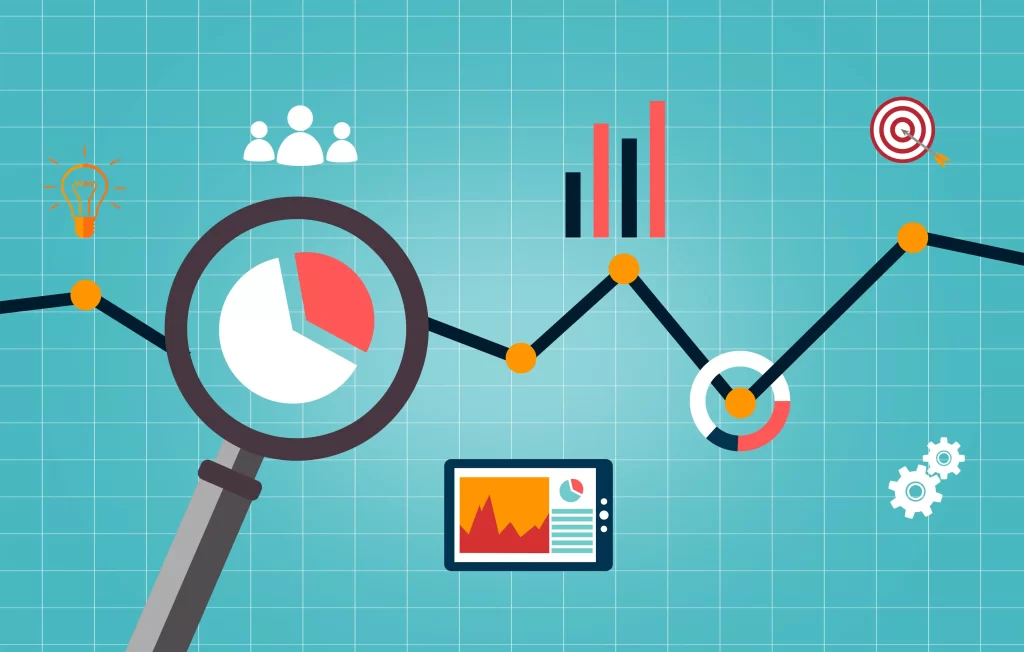









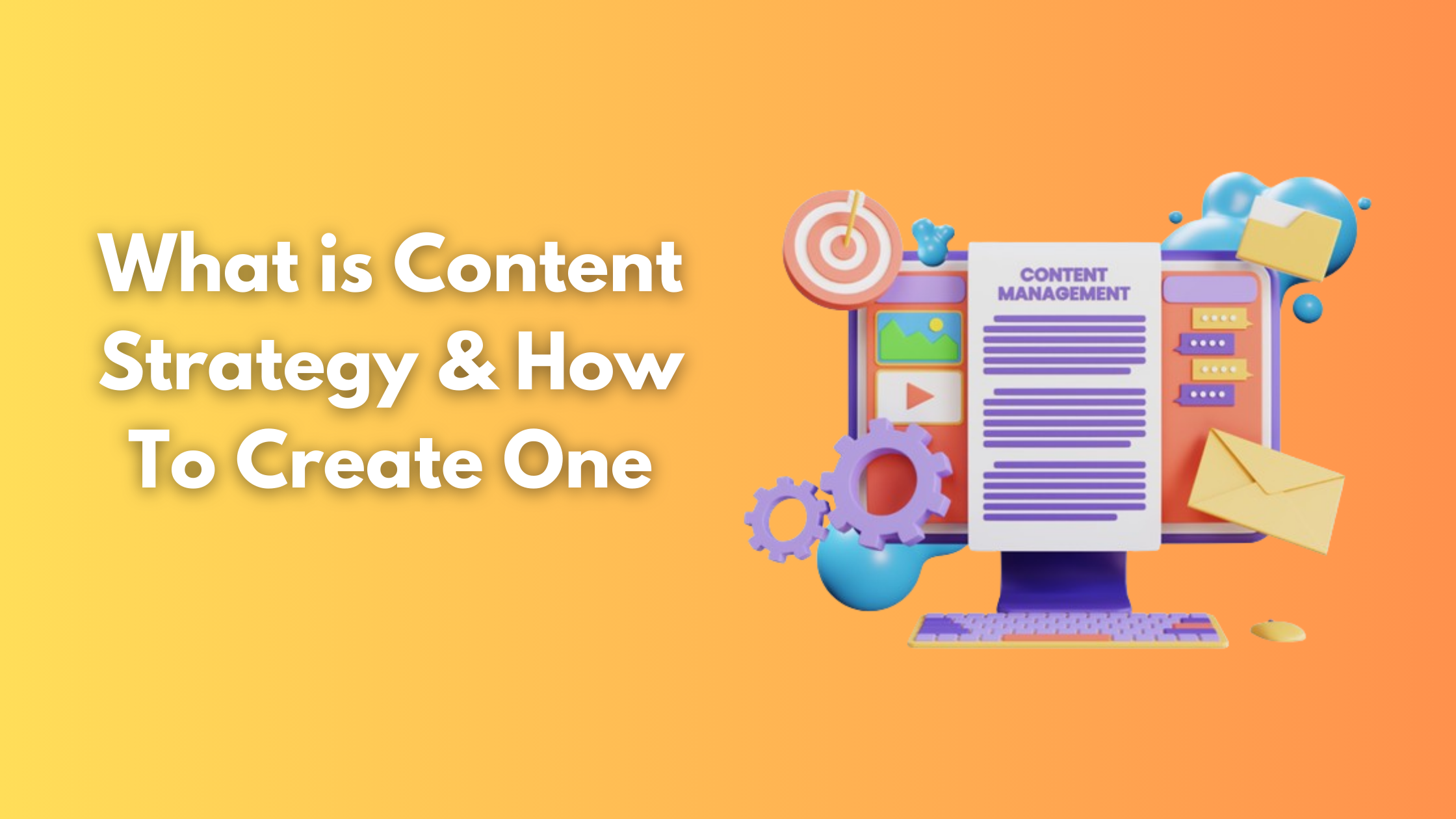
















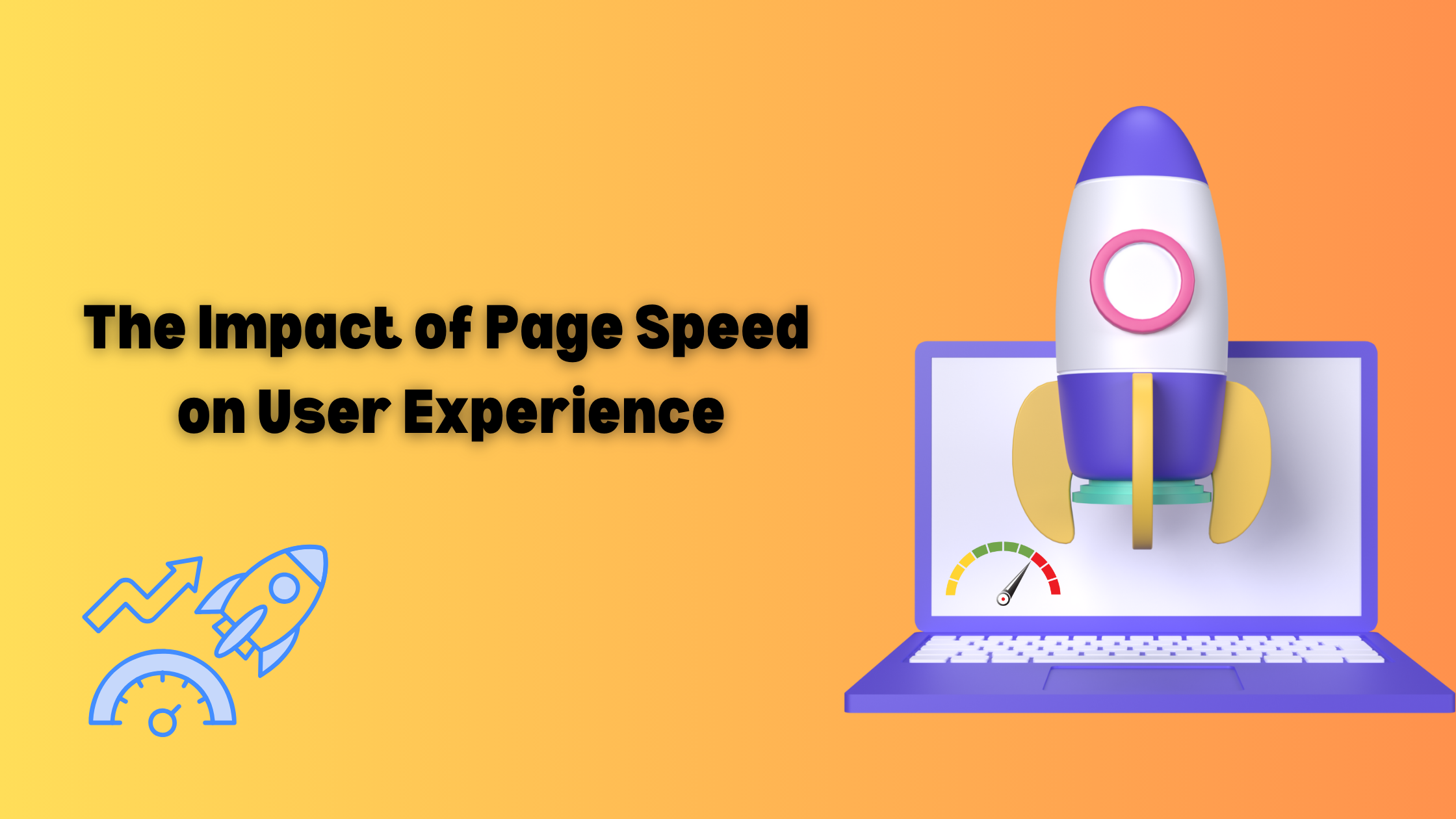
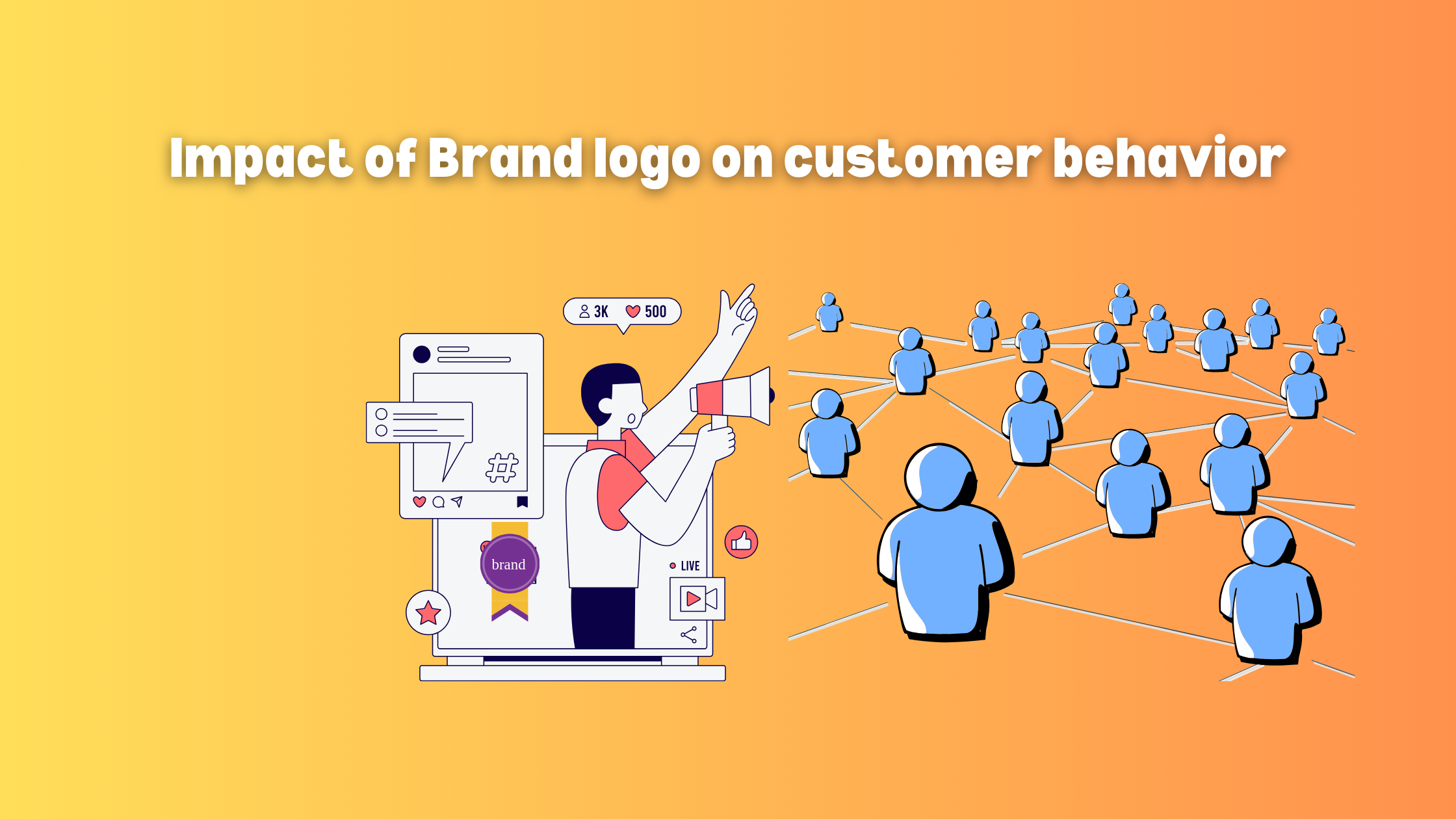

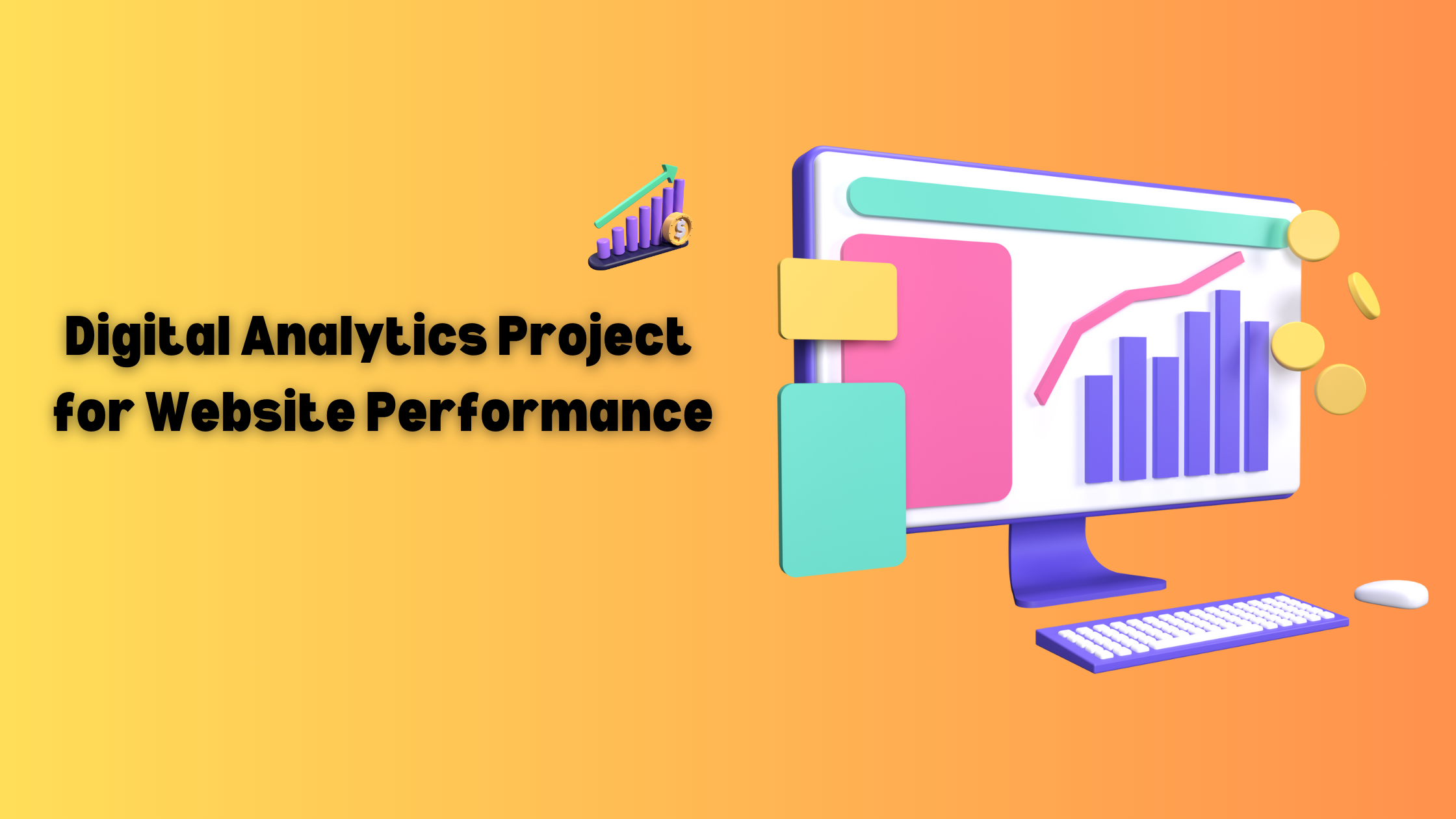




















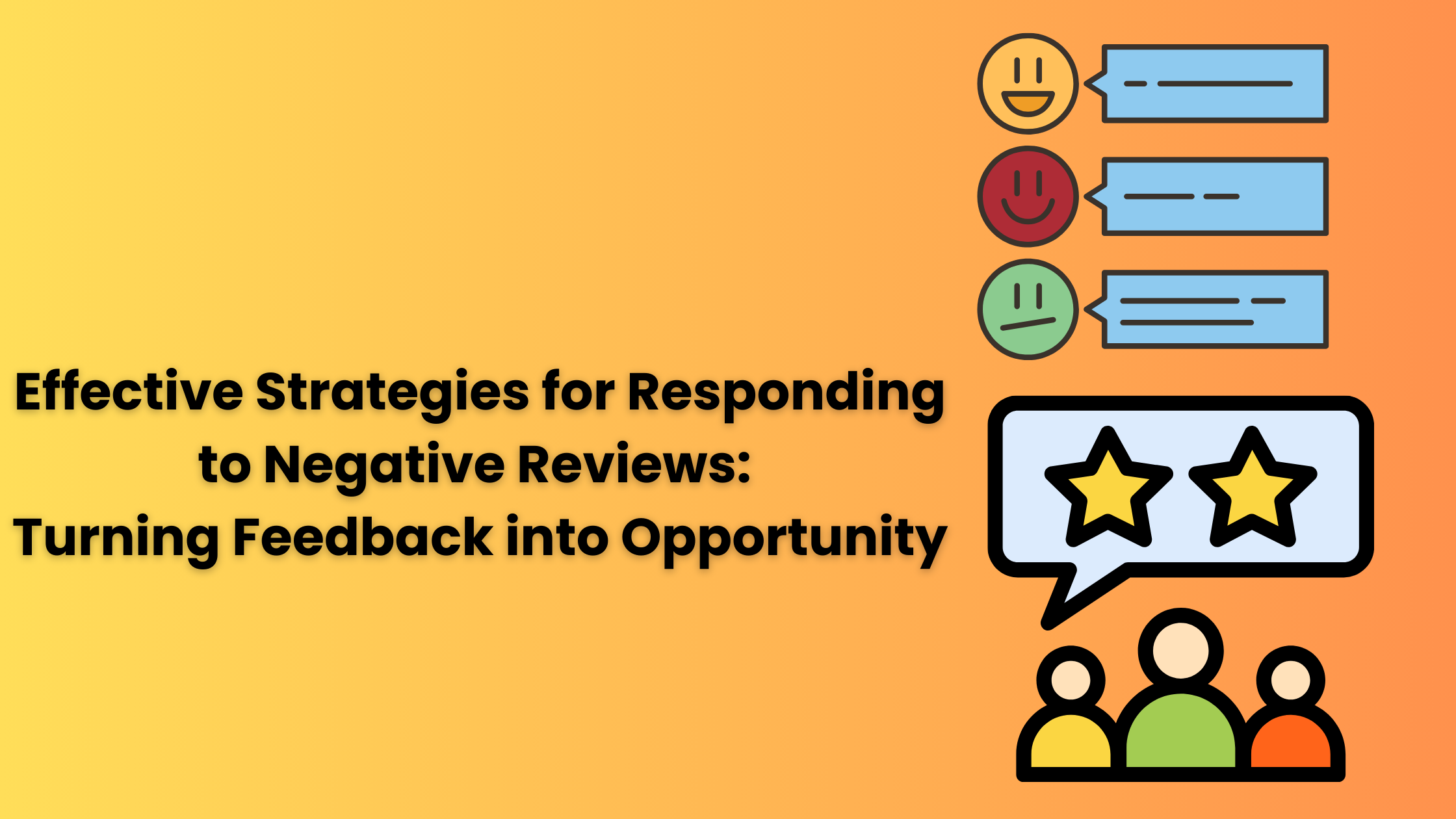
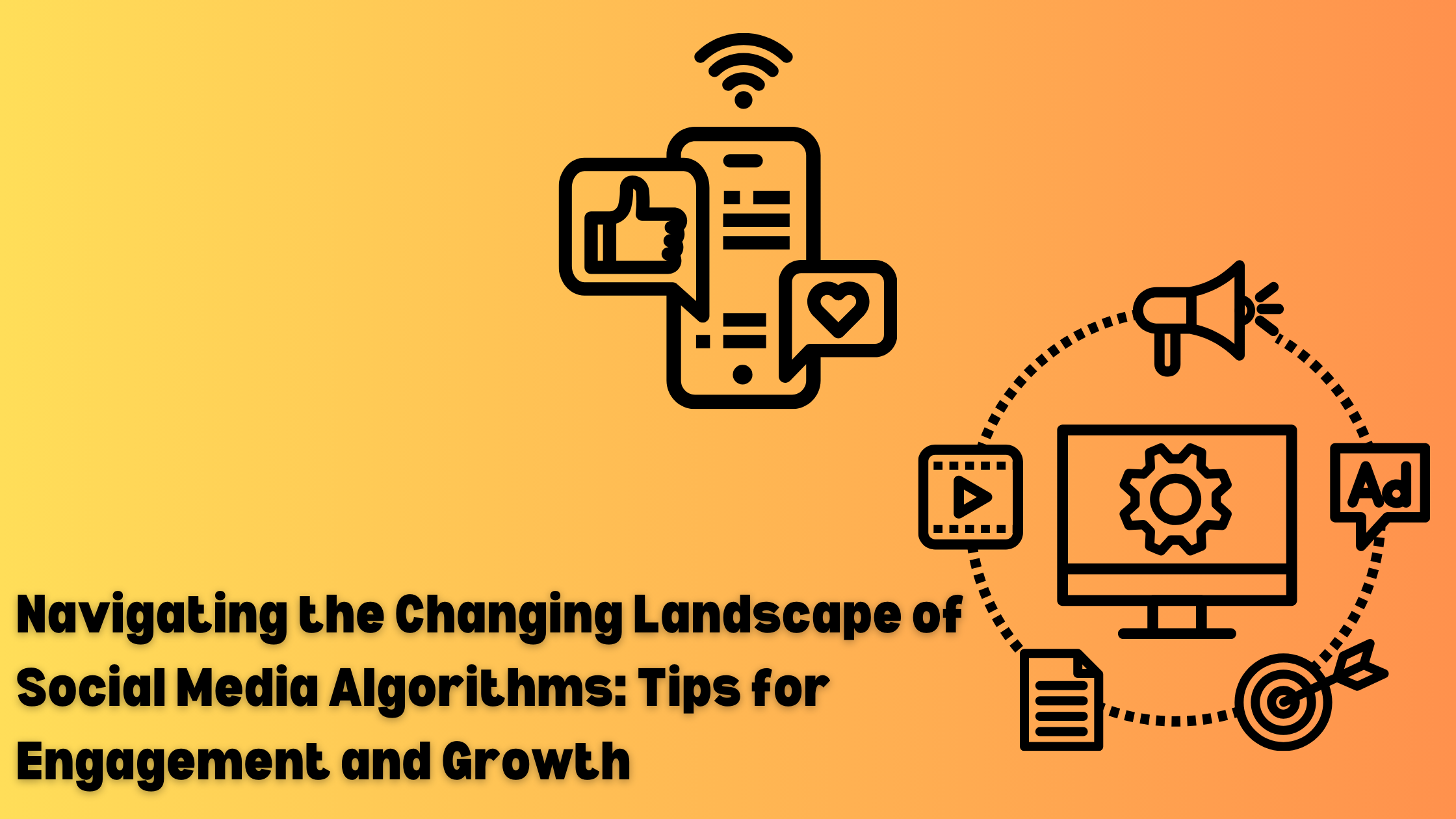








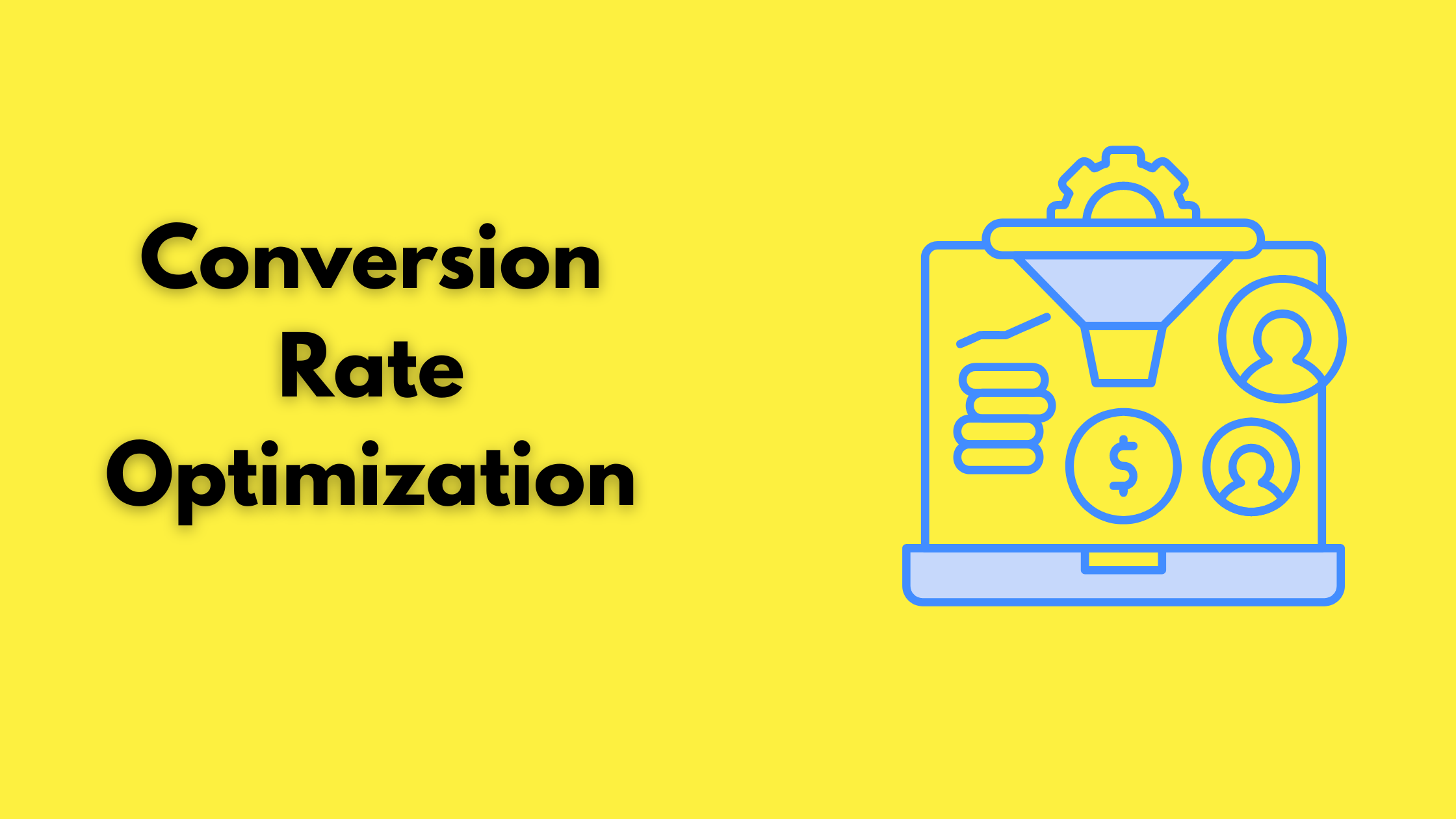














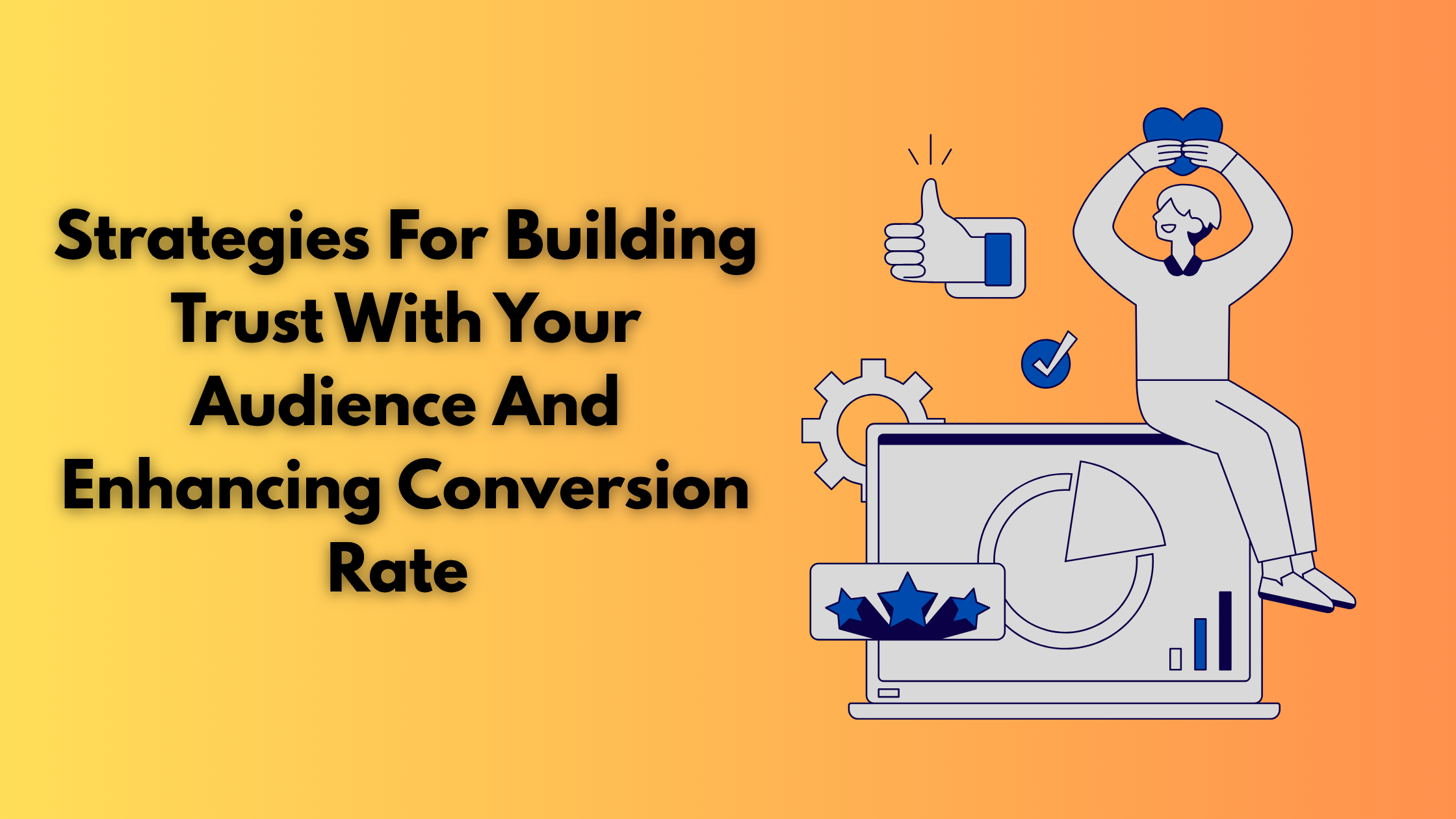



3 Comments
[…] Read Also: Decoding Tomorrow: The Latest Marketing Analytics Trends You Need to Know […]
[…] Read Also: Decoding Tomorrow: The Latest Marketing Analytics Trends You Need to Know […]
[…] Read Also: Decoding Tomorrow: The Latest Marketing Analytics Trends You Need to Know […]